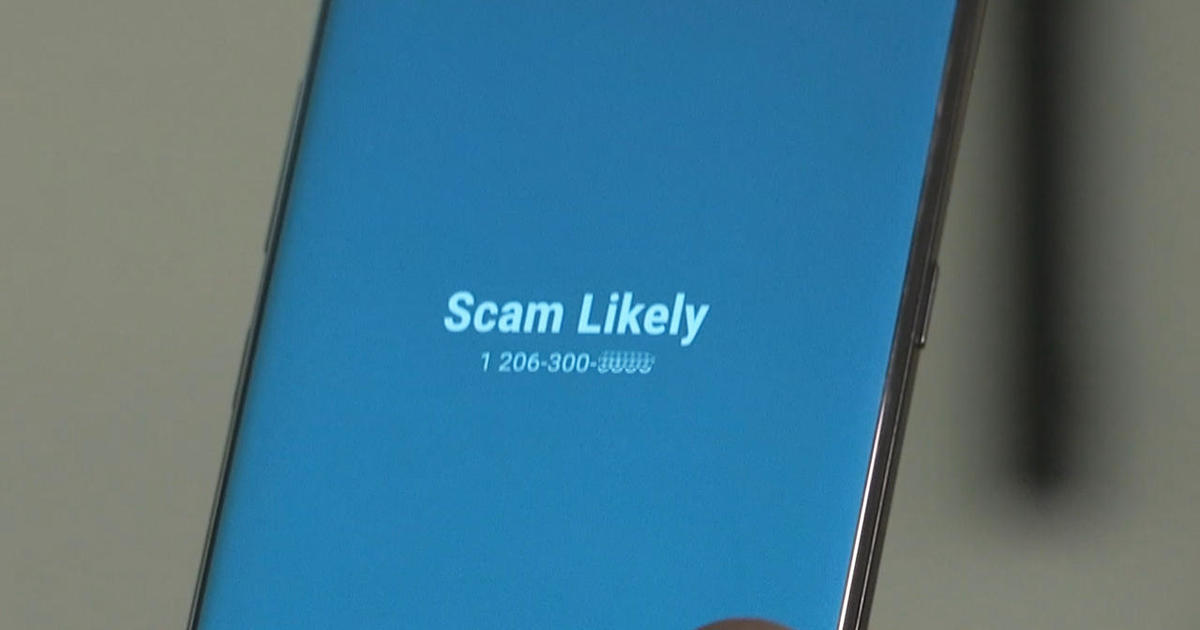Green Tree Hill Office Building Following New Solar Energy Trend
Follow KDKA-TV: Facebook | Twitter
GREEN TREE (KDKA) -- It's hard to miss if you drive on the Parkway West - over-hanging solar panels atop the new Bentley Building constructed by Burns & Scalo, a company committed to sustainability from parking lot to rooftop.
"This was an opportunity to feature sustainability," CEO Jim Scalo told KDKA money editor Jon Delano on Friday. "Solar is a component of the building, and we cantilevered the solar as part of the architecture of the building so people could recognize the tangibility of it."
As you enter the building, a chart shows how much energy the building is actually producing.
And forget the notion that Pittsburgh is too cloudy for solar panels, says Mike Carnahan, general manager of Scalo Solar Solutions.
Delano: "Pittsburgh has a reputation for being a very cloudy city."
Carnahan: "Sure it does. Sure it does."
Delano: "Not true?"
Carnahan: "Not true at all. Pittsburgh gets as much light as many places in the country."
Carnahan took KDKA to the rooftop to see the panels that produce about 10 percent of the building's electrical needs.
"It's very hard to be 100 percent in an office building. The more floors you have, the more people you have, the more power you use, the more air conditioning you have, it's very hard to get 100 percent off of that."
Only part of the roof has solar panels, while the entire roof is covered by a white membrane.
So why the white membrane on the roof of this building? Because it reflects sunlight and these solar panels are double sided. They can take in solar energy both underneath the panel and on top.
And when the electricity produced is not needed, it flows back to the utility company.
"On the weekends, even when we're not in this building, we're producing solar power and it's not being used," says Carnahan. "So it goes right back to the utility company through our meter -- just like you have a meter on your home -- it's called net metering. So the utility company actually buys that power back, dollar for dollar."
With all the interest in solar energy, and knowing that electrical power -- even if we heat with natural gas – is essential to cooling our houses and power everything else, it's natural to explore solar's use here in Pittsburgh.
Locally, the demand for solar panels has quadrupled, says Carnahan.
Delano: "So you don't really need to have a fully sunny day in order to create solar energy?"
Carnahan: "Not at all. It helps. It would be nice if we had every sunny day, but it will produce energy regardless."
Carnahan says Pittsburgh has great potential for solar.
"Germany produces more solar power than anywhere in the world, and they're on the same line as Quebec, Canada, as far as latitude," he said. "They get less sun than us, but they produce more solar energy."
It's really a matter of Pittsburgh residents opting to go solar.
You don't have to be rich and wealthy in some fancy suburb of the city to install solar panels.
On this pretty average street in the city, we found a home with solar panels installed just two years ago.
Michael Coblenz lives in this Squirrel Hill home with his wife and two young children, and when they re-did their roof they went solar, cutting their Duquesne Light bill to zero.
"We really haven't paid anything since two years ago when the system was installed," says Coblenz.
Delano: "Nothing? You're paying nothing?"
Coblenz: "Well, we don't send them a check. We pay about $14 a month to be connected to the grid, but we actually produce more electricity than we use, and we sell that back. So, right now, Duquesne Light owes a couple hundred bucks or something."
In fact, while most meters spin forward costing dollars, Coblenz's meter spins backward saving him money.
But installation can be expensive.
"Anywhere from $8,000 up to $20,000, but the government also gives incentives," adds Carnahan. "So there's a 30 percent tax credit from the government. so if you spend $10,000 on solar, the government gives you $3,000 back."
So how long until the dollars saved exceeds the cost?
"Something like 10-and-a-half years," says Coblenz.
But with costs dropping, watch for that time to shorten in the years ahead.



